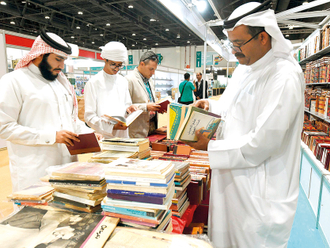Abu Dhabi: Six new public schools will open their doors to students in the emirate of Abu Dhabi at the start of the 2017-2018 academic year, the emirate’s education sector regulator announced on Tuesday.
Four of these new schools are located in Al Ain, and two in the suburbs of the capital city, the Abu Dhabi Education Council (Adec) said. According to the authority, the location of the schools has been chosen based on the needs of various communities, and with the aim of reducing overall travel time for enrolled students.
Adec director general, Dr Ali Al Nuaimi, who toured the new schools premises to check the construction work, said that the design of the new schools will provide an environment conducive to learning and innovation to all students, including those with special needs.
“The schools have been built using local materials, with the target of maximising the use of resources and minimising the waste”, Dr Al Nuaimi added.
Construction work of the schools is expected to be completed by early next month.
In the previous academic year (2016-2017), there were 255 public schools in operation in Abu Dhabi, with 132,397 students.
Education officials have previously said that the demand for new public school seats grows by about 10 to 15 per cent each year, and that about 10,000 new pupils, including 3,000 kindergarten students, are enrolled at the start of each academic year.
One of the new public schools in Abu Dhabi city will cater to kindergarten students, and those enrolled from Grades 1 to 5 (Cycle 1). The school located in Mohammad Bin Zayed City can accommodate 240 kindergarten children, as well as 1,500 students up to Grade 5. The second new school in the capital is in Shakhbut City, with a capacity of 1,250 students from Grades 1 to 5, and 240 in kindergarten classes.
In Al Ain, three new schools in Al Yahar, Al Shuaiba and Al Faydah areas will accommodate 240 kindergarten pupils and 1,250 students from Grades 1 to 5 each. The fourth school in Al Qua’a area can accommodate 1,000 students from Grades 1 to 5 and 240 children in kindergarten classes.












